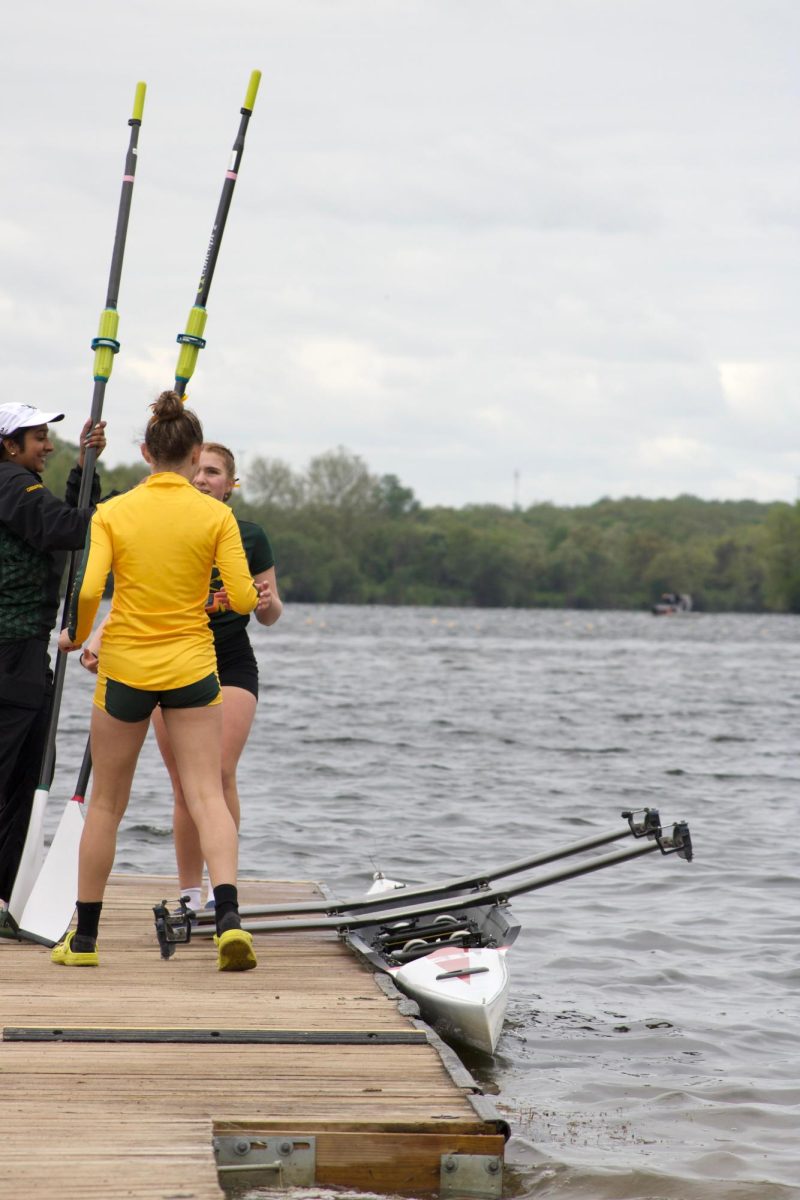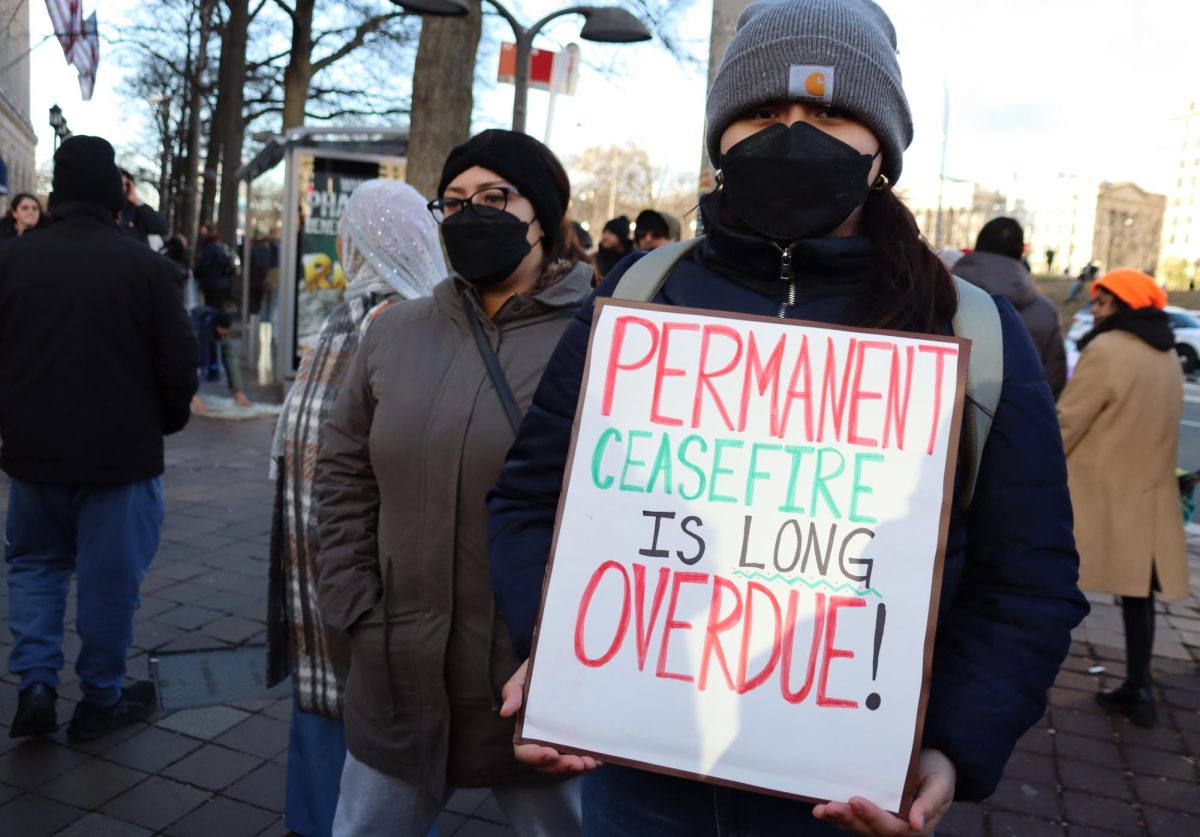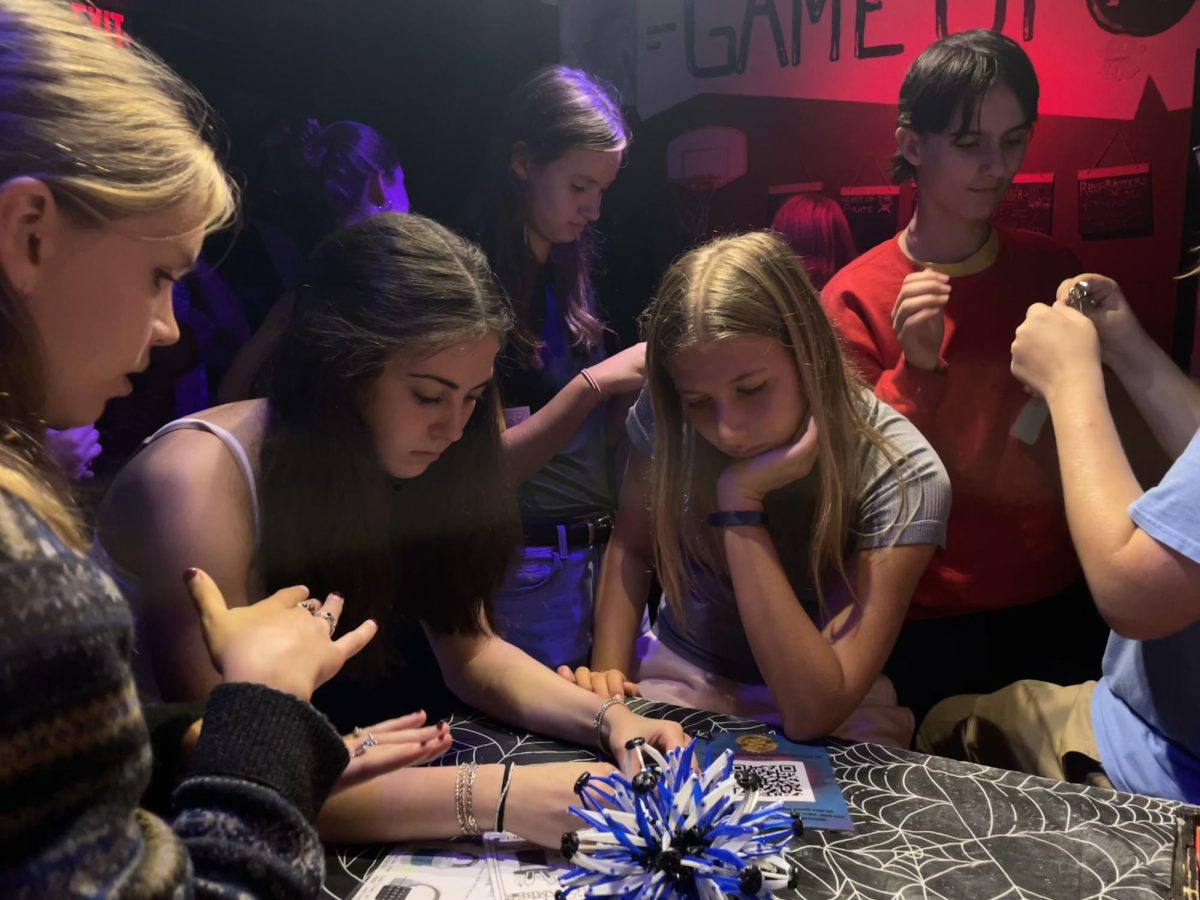It was still dark outside at 6:00 am on Saturday, May 17, 2025. Just outside Milford, Michigan, at Kensington Metropark’s Maple Beach, hundreds of high school athletes were starting to set up their boats to race. Teams from all over the state had come to take their shot at getting a state title on the Kathryn Bennett Race Course.
The day started with a coach-coxswain meeting, where coxswains* and small-boat crews came to learn specifics about the course they’d be racing. Many of them had already raced this course during the Mitten Series Regattas and at the Midwest Scholastic Championships earlier this season. The crews were informed that due to windy conditions, finals would be cancelled. Instead, athletes would win based on time.
Racing began at 7:30am, with the men’s varsity eight. Most events had at least two heats, with some only having a final. Former coxswain for the legendary Harvard Heavyweight’s Team, now dad of a high school rowing, Jim Omartian, provided commentary on each of the races. He was accompanied by Chris Czarnecki, head coach of Orchard Lake Saint Mary’s rowing team.
Parents, teammates and spectators lined Maple Beach to cheer on boats coming into the finish line. Bleachers had been set up to allow for anyone to sit and watch the tail end of races. Just past these bleachers, large team tents lined the sidewalks with smells of breakfast being cooked by parent volunteers floating through the site. In each of these tents, teenagers sat cross-legged on the ground or in chairs, eating and doing schoolwork.
In another area of the park, barely a three-minute walk from the tents, boats in almost every color of the rainbow were set in slings and tees closer to the ground. Beside them stood trailers used to transport shells from each club’s practice site to the regatta.
These trailers were where rowers met to warm up about 45 minutes before each race. Every team has a different pre-race routine, but an average Huron Rowing Team’s would look something like a run and dynamic stretches, followed by a boat meeting to go over a race plan.
Most crews will split their 1500 meter long races into a few parts: start, first 500, middle 500, push 200, and a sprint. Others tend to split the races not into groups of 500 meters, but into two sets of 750 meters. Every team has a different strong suit; pulling ahead at the start, creating gaps towards the middle, or the occasional plan to “walk” on other crews in the final sprint.
Racing ran from 7:30am-1:13pm, when crews began to de-rig boats and collapse their tents in preparation for the drive home. This early release time was a very uncommon occurrence, as most spring regattas normally end around five p.m. But before departing, medals were handed out, teams held summary meetings, and unis were replaced with t-shirts.
As cars rolled away, a sense of fulfillment was left in the air. This early release marked the end of a long day, a long season, and for some seniors, the end of their rowing career. But for others, their careers had just started. After a season of blistered hands, muscle aches and early weekend wake-ups, certain athletes knew that this feeling of fulfillment was something that they would chase down as long as they could.
*a person who steers a boat










